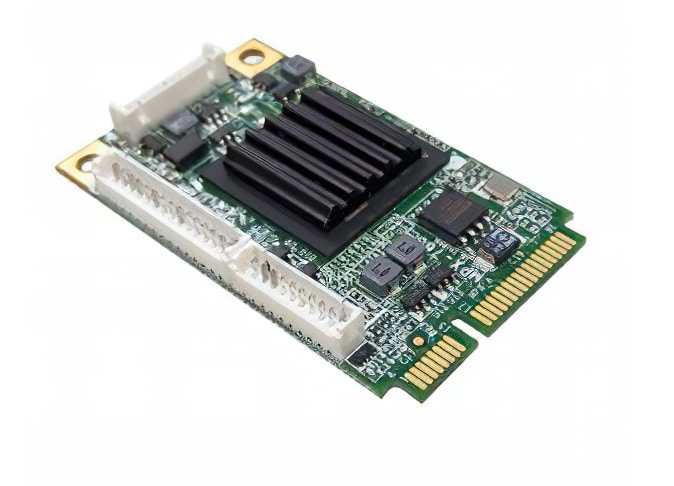
PCIe 6.0: The Future or a Transitionary Phase?
Posted on October 1, 2023
It’s not been long since PCIe 5.0 SSDs started rolling out, and PCIe 6.0 is already in the works. PCIe 7.0 is not that far on the horizon either. So what’s the deal with all of these PCIe versions, and which one should you aim for?
Accelerating Progress
The main metric any technical interface is measured by is the data transfer rate. Whether you are talking about USB, SATA, Wi-Fi, or PCIe, that’s the principal point of consideration.
Usually, each successive generation of a standard doubles this data rate, letting the hardware perform at twice the earlier speed. This has held true for PCIe as well since Gen 3.0, with the newer iterations doubling the bandwidth available.
But that’s not the only thing that changes with a whole new generation of the standard. PCIe 6.0, especially, brings some big changes to the table.
A New Encoding Method
The biggest change of PCIe 6.0 is the transition to a different encoding method. To make data transmission more efficient on the same hardware, PCIe is ditching NRZ signaling in favor of PAM4 (Pulse Amplitude Modulation Level 4).
With PAM4 signaling, it is now possible to transfer two bits at once, which makes data transfer rates shoot up on the same number of lanes. On the flip side, this modulated style of data transfer also introduces more errors, necessitating an error correction mechanism.
This is why PCIe 6.0 also implements FEC (Forward Error Correction) along with CRC (Cyclic Redundancy Check) to ensure the integrity of the data being transferred. By using PAM4 as the line code and FEC for error correction, PCIe 6.0 nearly doubles the rate of data transfer without any drastic hardware changes.
The FLIT Mode
The new error correction mechanism requires fixed data packets to work, which means reorganizing the way PCIe has been handling its data packets so far. The older NRZ signaling worked best with variable data packets, but now PCIe can do away with the whole packet framing process, simplifying data transmission and making it more efficient.
The FLIT (Flow Control Unit) mode also reduces latency, besides leading to a leaner controller thanks to being able to discard the 128B/130B encoding for the DLLP (Data Link Layer Payload). This further improves the efficiency of data transfer on the available bandwidth.
PCIe 6.0 Is Already Here
All these new features we have described aren’t just hypothetical specifications. SSDs using PCIe 6.0 are already on the shelves, giving you access to a maximum data transfer rate of 64GT/s right away. For an x16-lane configuration, this translates to a rough speed of 121Gb/s, which is nearly twice that of PCIe 5.0.
Of course, the motherboard in question must also support the latest standard of PCIe, so you might not be able to get the maximum performance on an older system. But if you are building a new system or upgrading the board as well, you can leverage PCIe 6.0 without any fuss.
But 7.0 Is Also on the Way
PCIe 6.0 is the first iteration of the new PAM4 signaling method being put into practice. The next version, 7.0, aims to iron out any lingering inefficiencies to double the data rate again and reduce signal losses.
While not quite in production, it is not that far away either and can be expected to be rolled out in 2024 or 2025. This once again gives us a new generation of PCIe within another two years, continuing the breakneck advancement.
Which Version of PCIe Should You Go For?
All these new versions of PCIe coming out on the heels of one another does create a dilemma: Which version of PCIe should you go for?
PCIe 5.0 has gotten pretty widespread in the market, but it still follows the NRZ encoding method. 6.0 implements the new PAM4 signaling, but has rarer availability as of now. And PCIe 7.0 is still not out.
Keep in mind that most older systems are still using PCIe 4.0 or even older, so even transitioning to 5th Gen would give you a massive boost in performance. For most applications, the 64Gb/s data transfer speed is more than enough.
On the other hand, if you are setting up a brand new setup and looking to future-proof your investment, making sure to get PCIe 6.0 is a good bet. This lets your hardware take advantage of the new encoding system, keeping it in line with future versions of PCIe that will continue improving on it.
